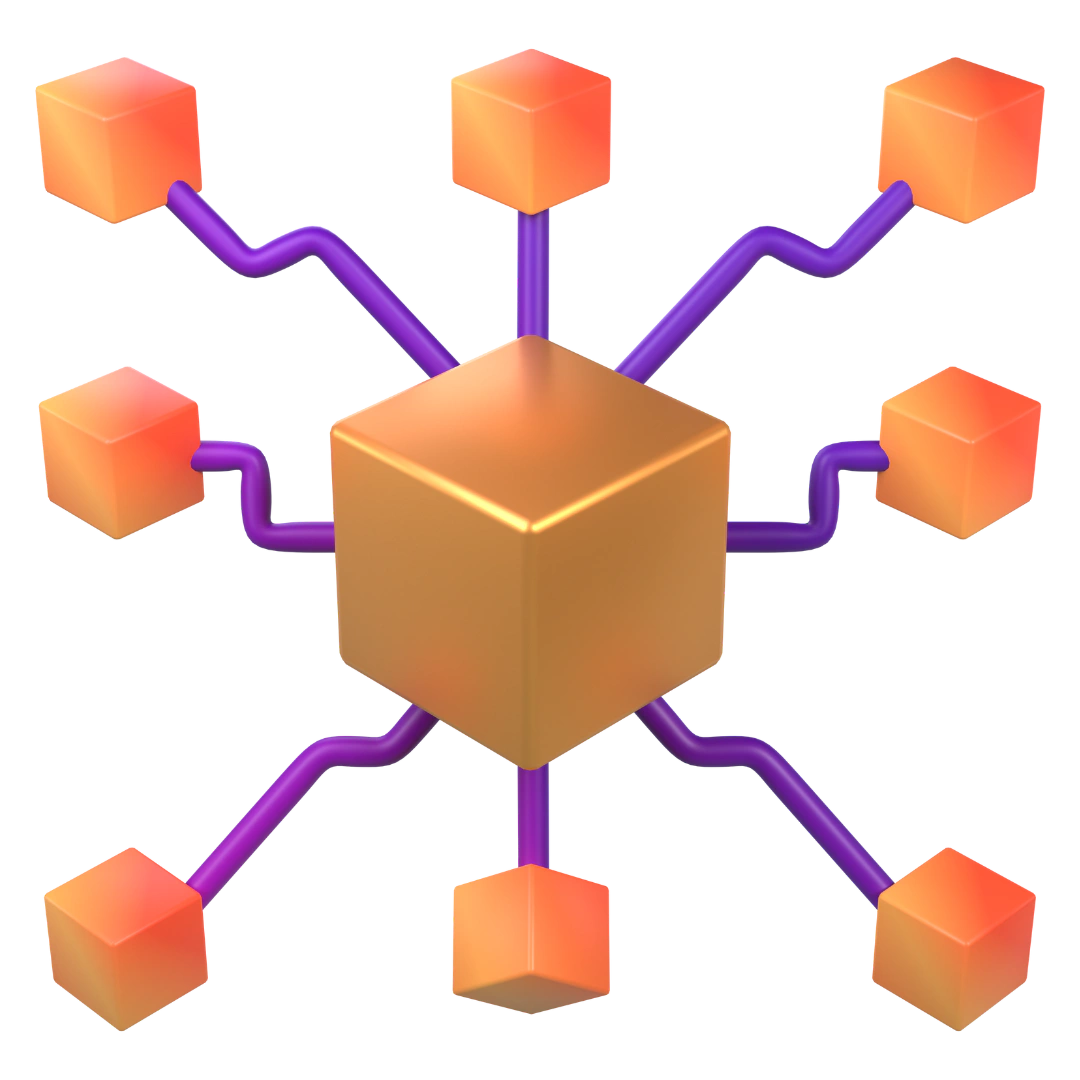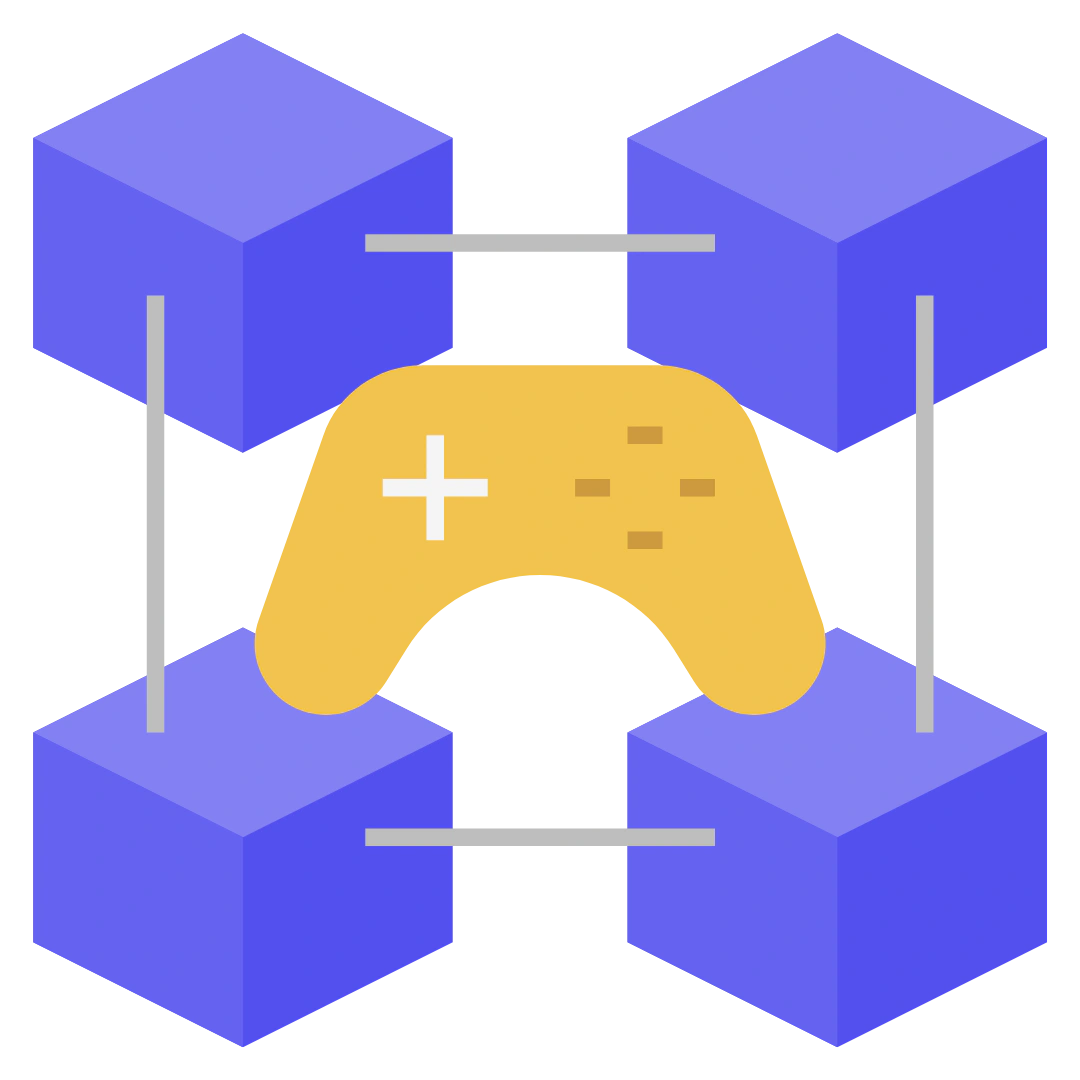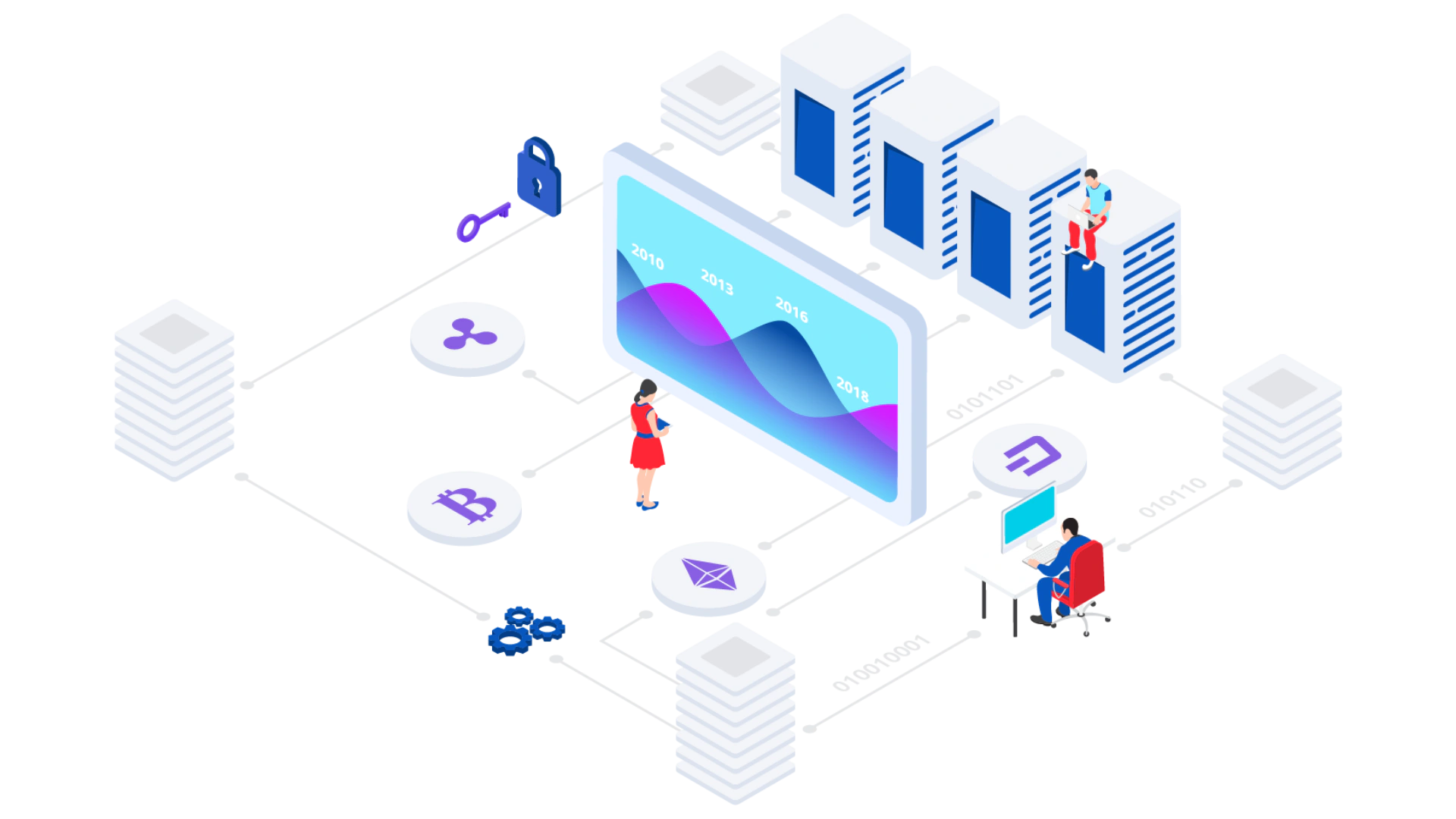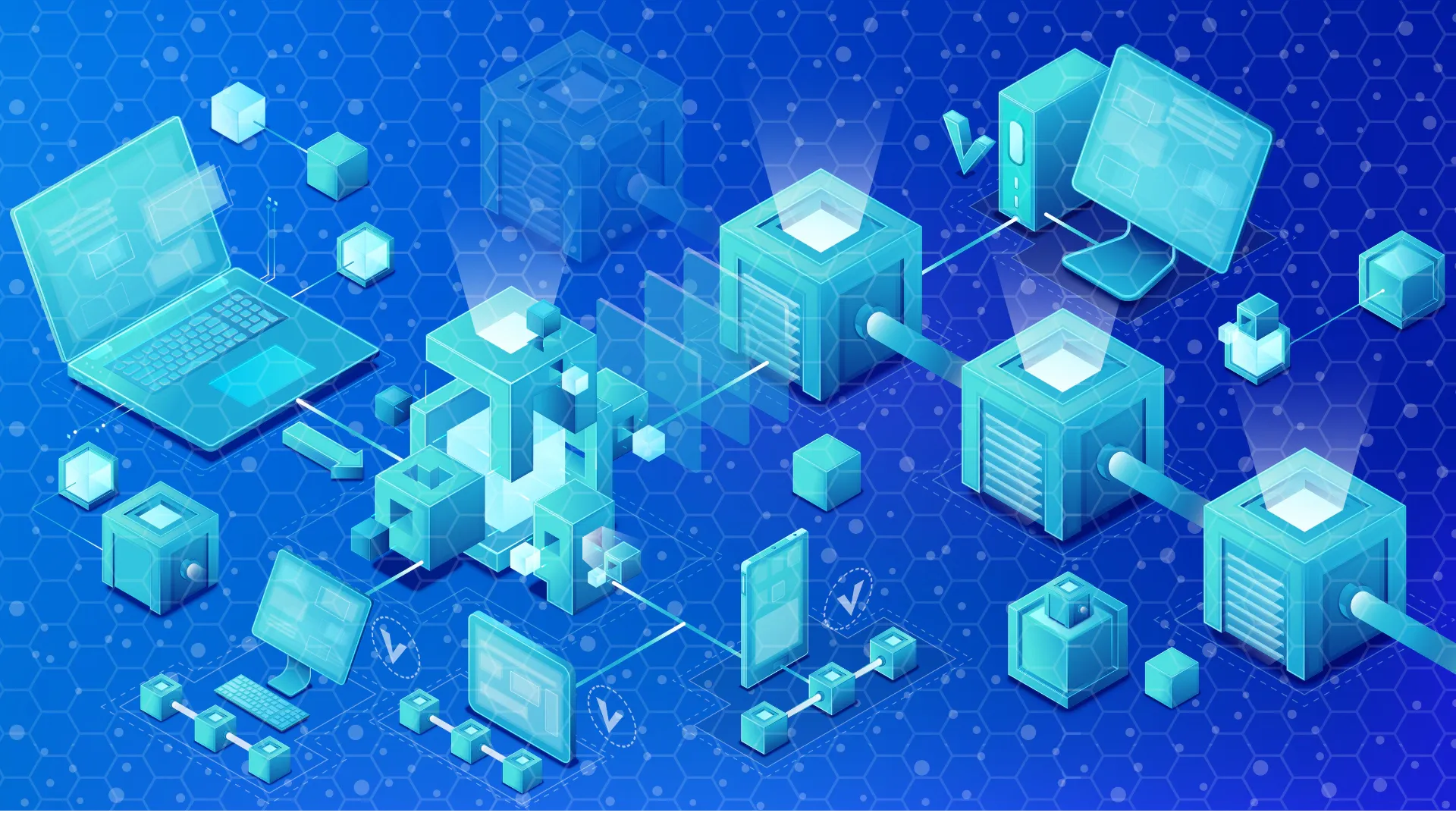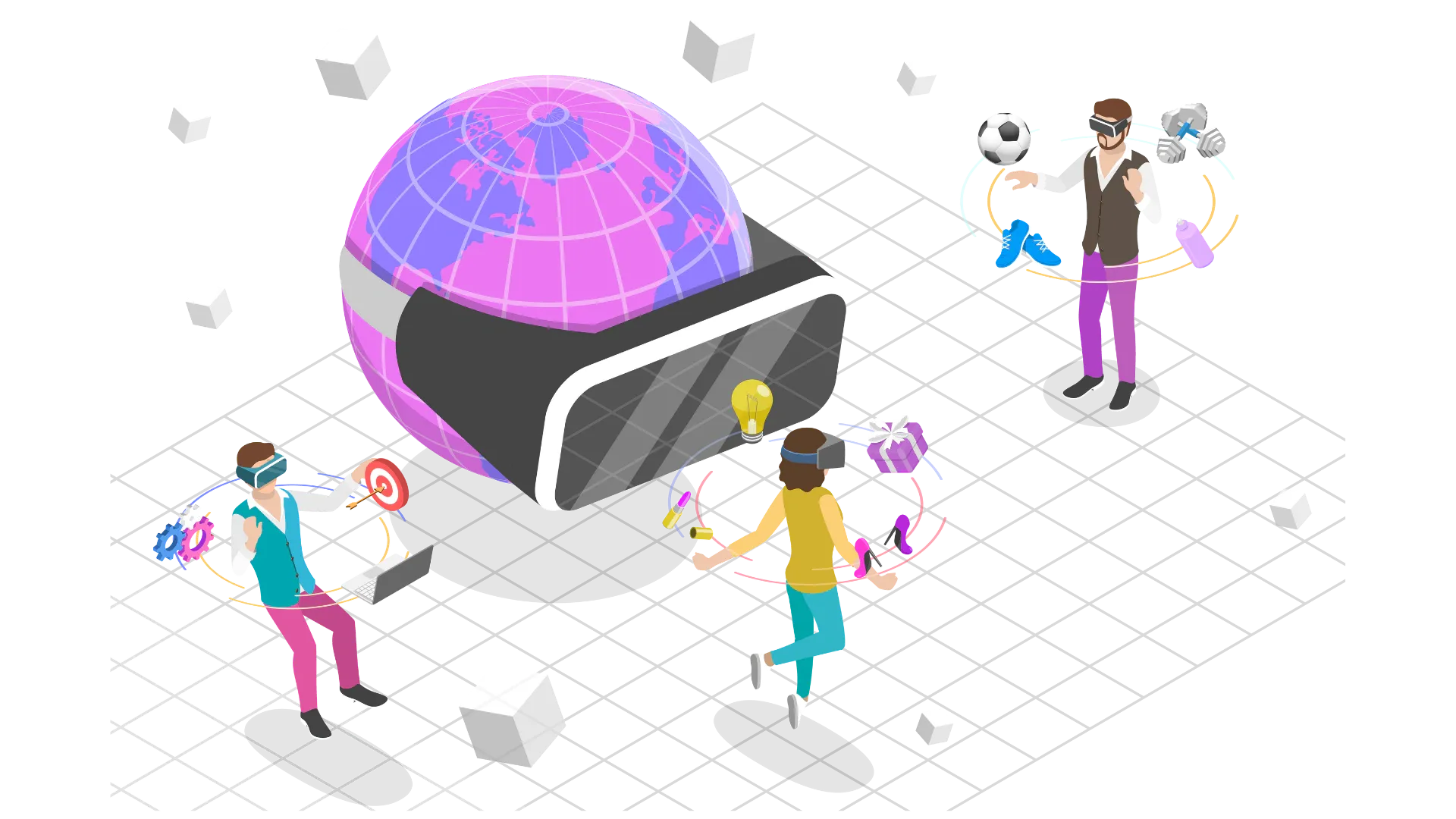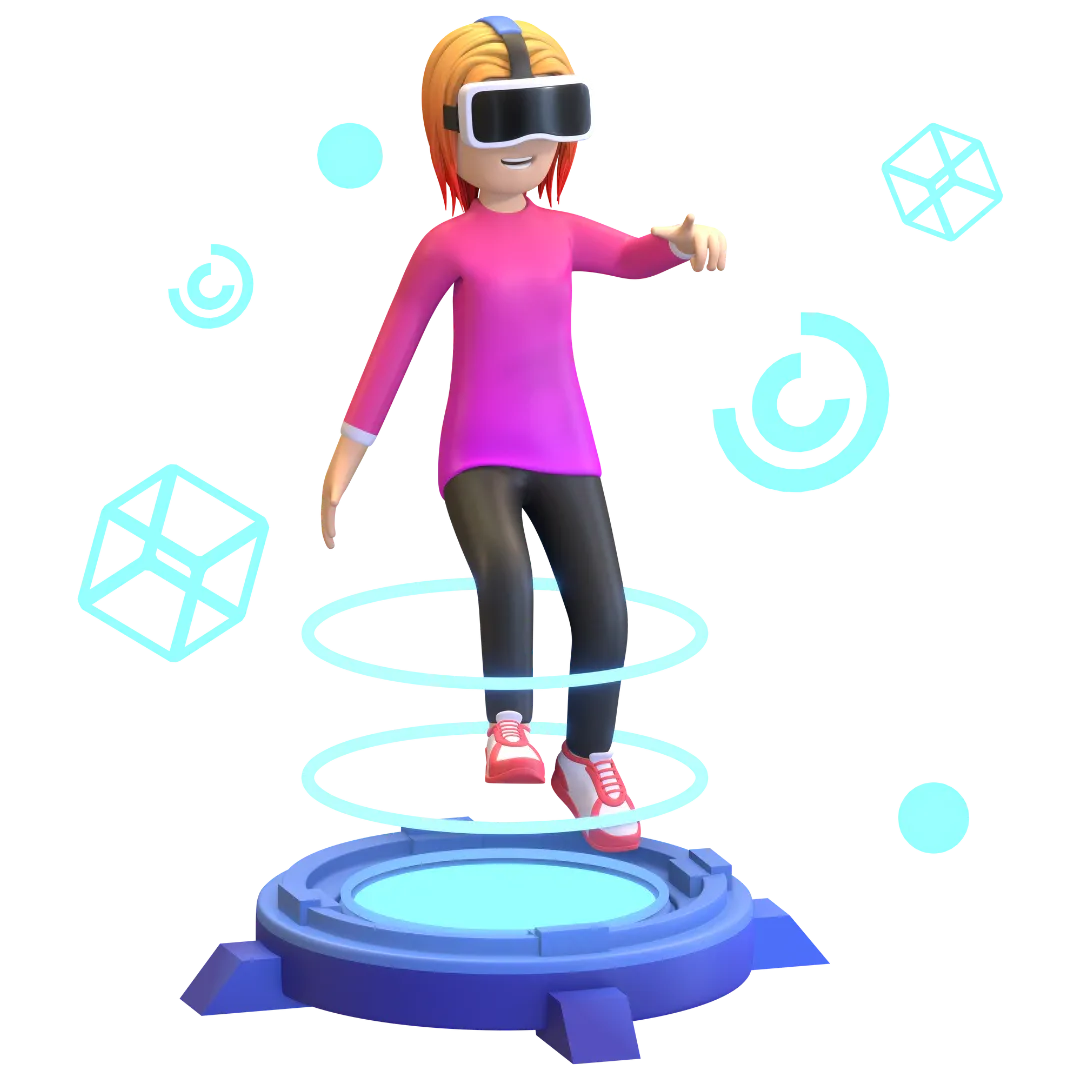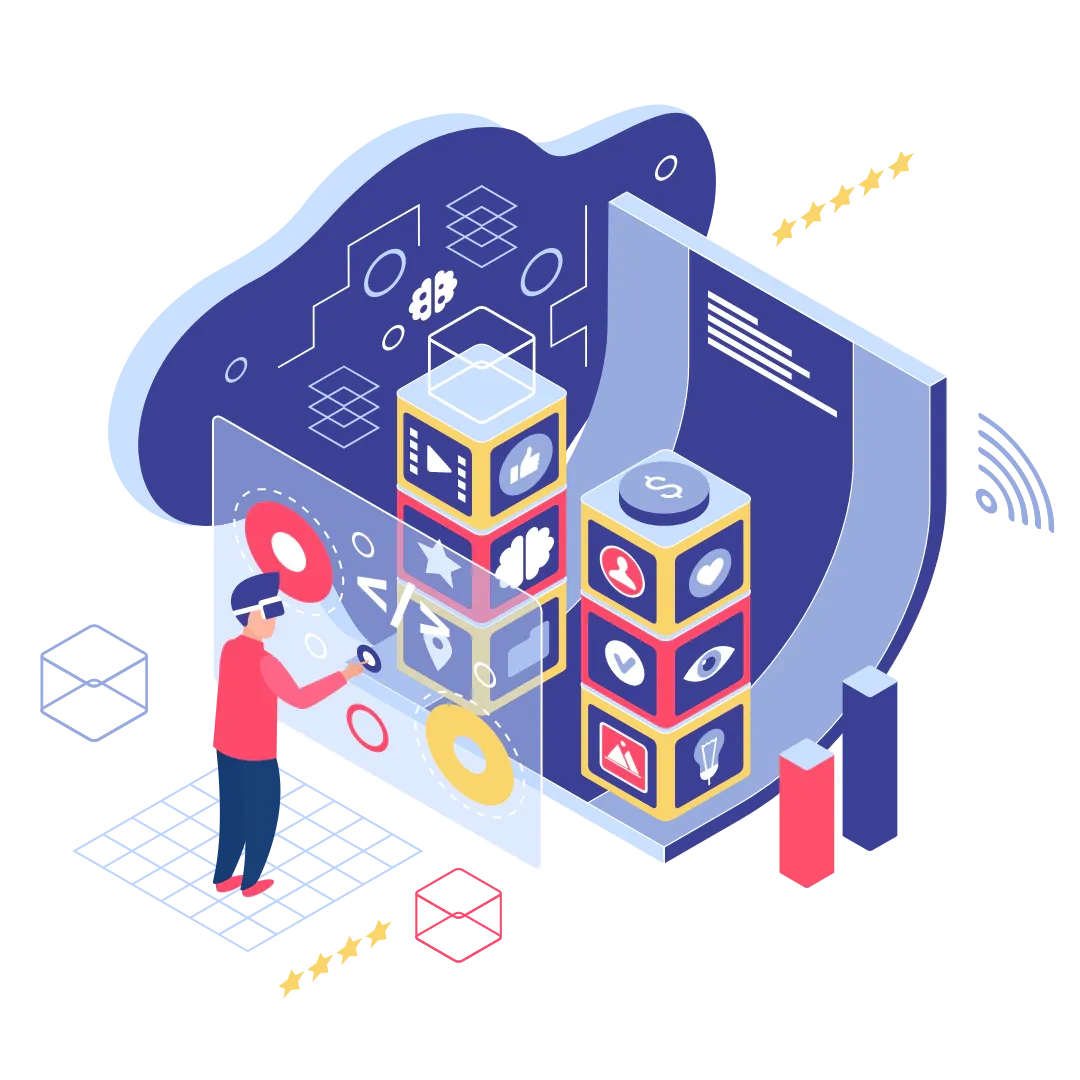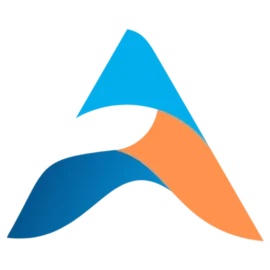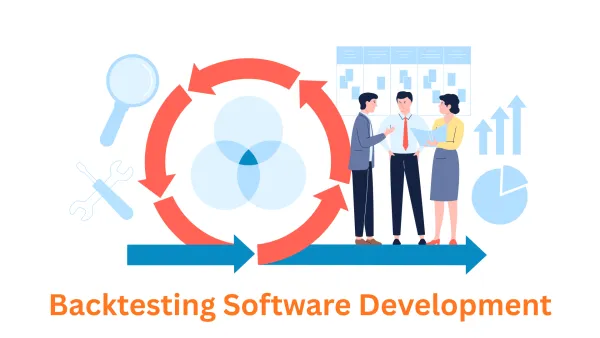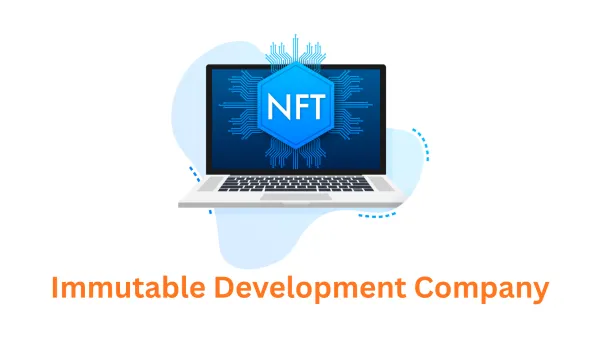Demystifying Blockchain Game Creation: Your Step-by-Step Guide
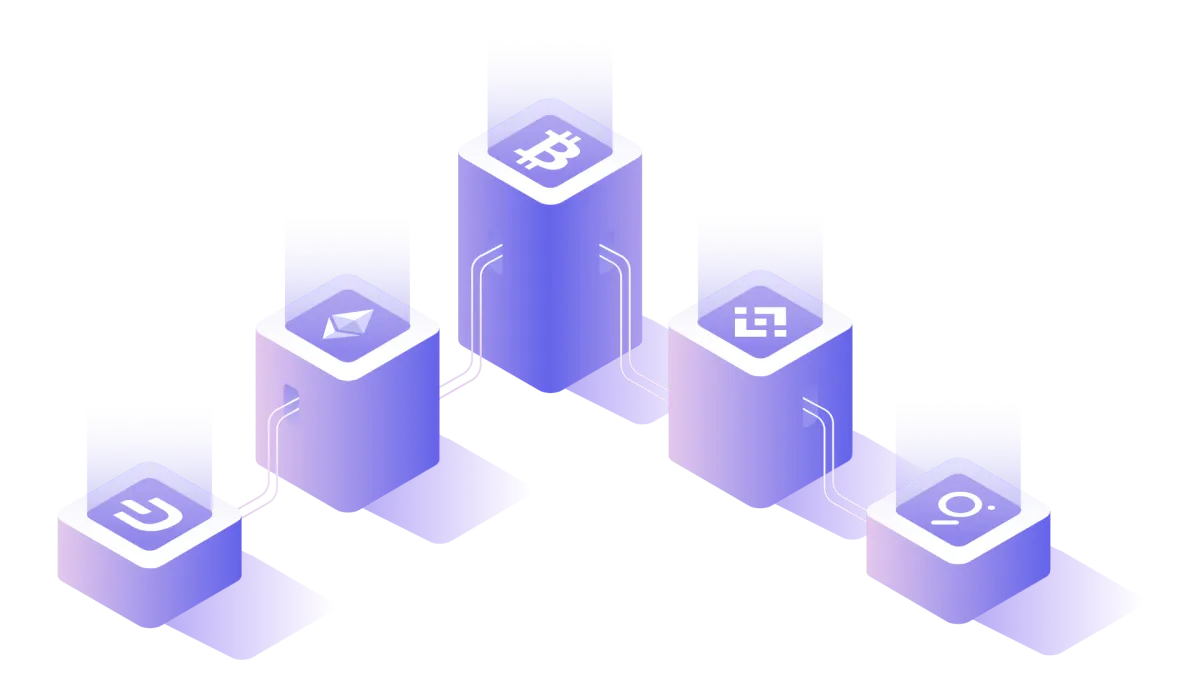
Blockchain games are revolutionizing the gaming industry by introducing true ownership of in-game assets, verifiable scarcity, and new possibilities for player interaction. If you've ever dreamed of creating your own game and want to explore this exciting frontier, this guide will walk you through the essential steps.
1. Grasping the Basics of Blockchain Technology:
Before diving in, it's crucial to understand the core concepts of blockchain:
- Decentralization: No single entity controls the game's data. It's distributed across a network of computers, ensuring security and transparency.
- Cryptocurrency: Many blockchain games use their own tokens (e.g., Ethereum) for in-game transactions, creating a real-world value for players.
- Smart Contracts: These self-executing contracts on the blockchain govern game rules, reward distribution, and asset ownership.
- Non-Fungible Tokens (NFTs): NFTs represent unique in-game items like characters, weapons, or land. Players truly own these assets and can trade them freely.
2. Finding Your Game Idea:
What kind of game do you want to create? Blockchain technology is versatile and can be applied to various genres:
- Collectible Games: Similar to CryptoKitties, players collect and trade unique digital assets.
- Trading Card Games: Think of blockchain as powering the next evolution of games like Magic: The Gathering.
- Virtual Worlds: Create your own Decentraland, where players can own land, build, and interact.
- Role-Playing Games (RPGs): Blockchain can introduce player-owned characters and items with real value.
3. Selecting the Right Blockchain Platform:
Your choice of platform will impact factors like transaction speed, fees, and development tools. Popular options include:
- Ethereum: The most established platform, offering a vast ecosystem of tools and resources.
- Polygon (Matic): A layer-2 scaling solution for Ethereum, aiming to reduce transaction costs and increase speed.
- Binance Smart Chain: Known for its fast and inexpensive transactions.
- Flow: Designed specifically for gaming applications, with a focus on scalability and user experience.
4. Designing Your Game Mechanics:
Carefully consider how blockchain will enhance your game:
- How will players earn and use your game's currency/tokens?
- How will you incorporate NFTs (e.g., for characters, items, or land)?
- Will you use smart contracts to automate game processes or reward players?
- How will you handle security to protect players' assets?
5. Development and Deployment:
- Assemble a Team: You'll need developers familiar with blockchain programming (Solidity for Ethereum) and game development expertise.
- Tools and Libraries: Explore development frameworks like Truffle or Hardhat to streamline your process.
- Testing and Security: Rigorous testing is essential to ensure your game is secure and bug-free.
6. Community Building and Marketing:
A strong community is vital for blockchain games. Engage with potential players early on through social media, forums, and Discord servers.
Expert Tip: Consider partnering with a blockchain game development company like Associative to tap into their expertise and resources.
Conclusion:
Creating a blockchain game is an ambitious but rewarding endeavor. By understanding the fundamentals, choosing the right platform, and crafting engaging gameplay, you can create a game that offers players true ownership, unique experiences, and the potential for real-world value.
Let your imagination run wild, and get ready to bring your blockchain game to life!
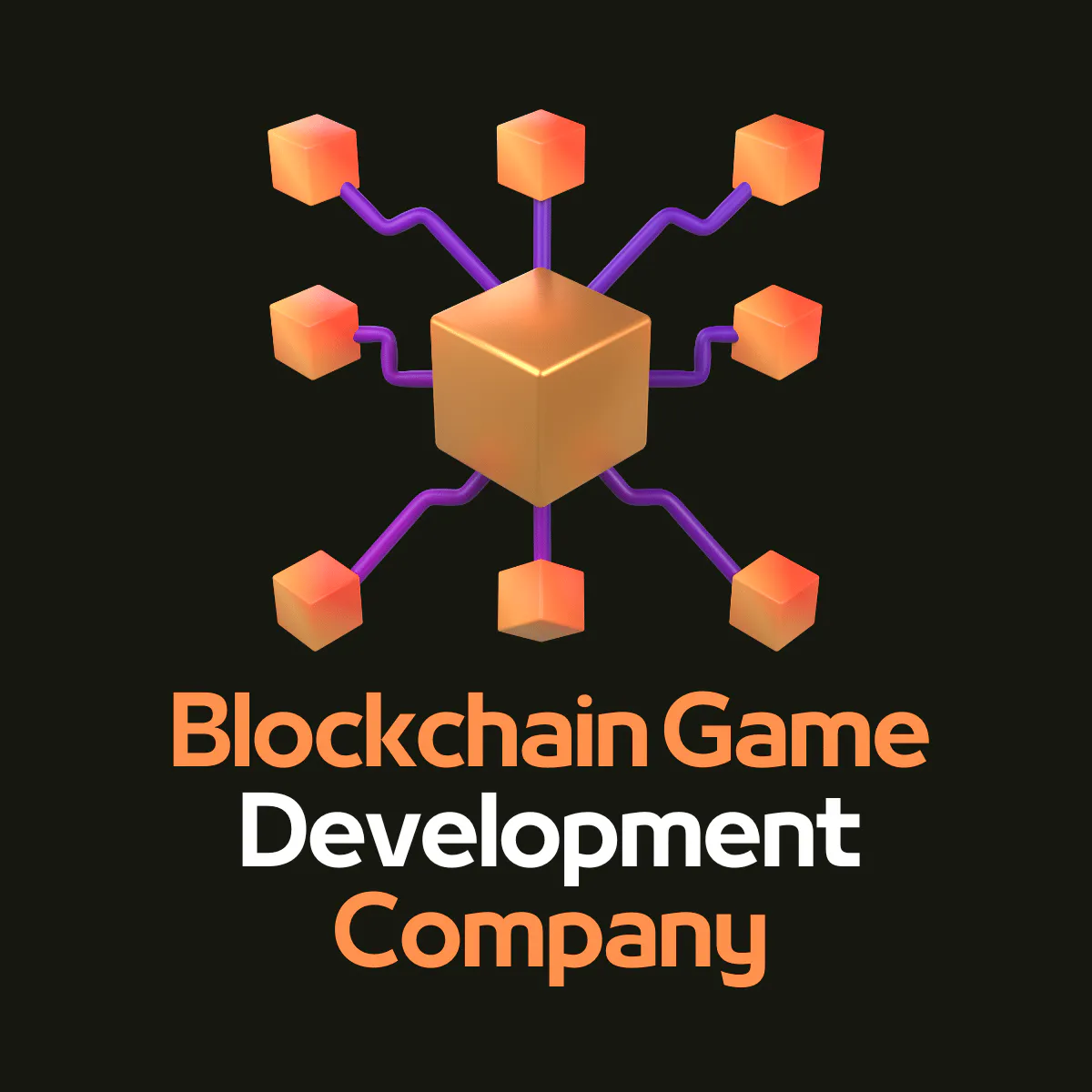
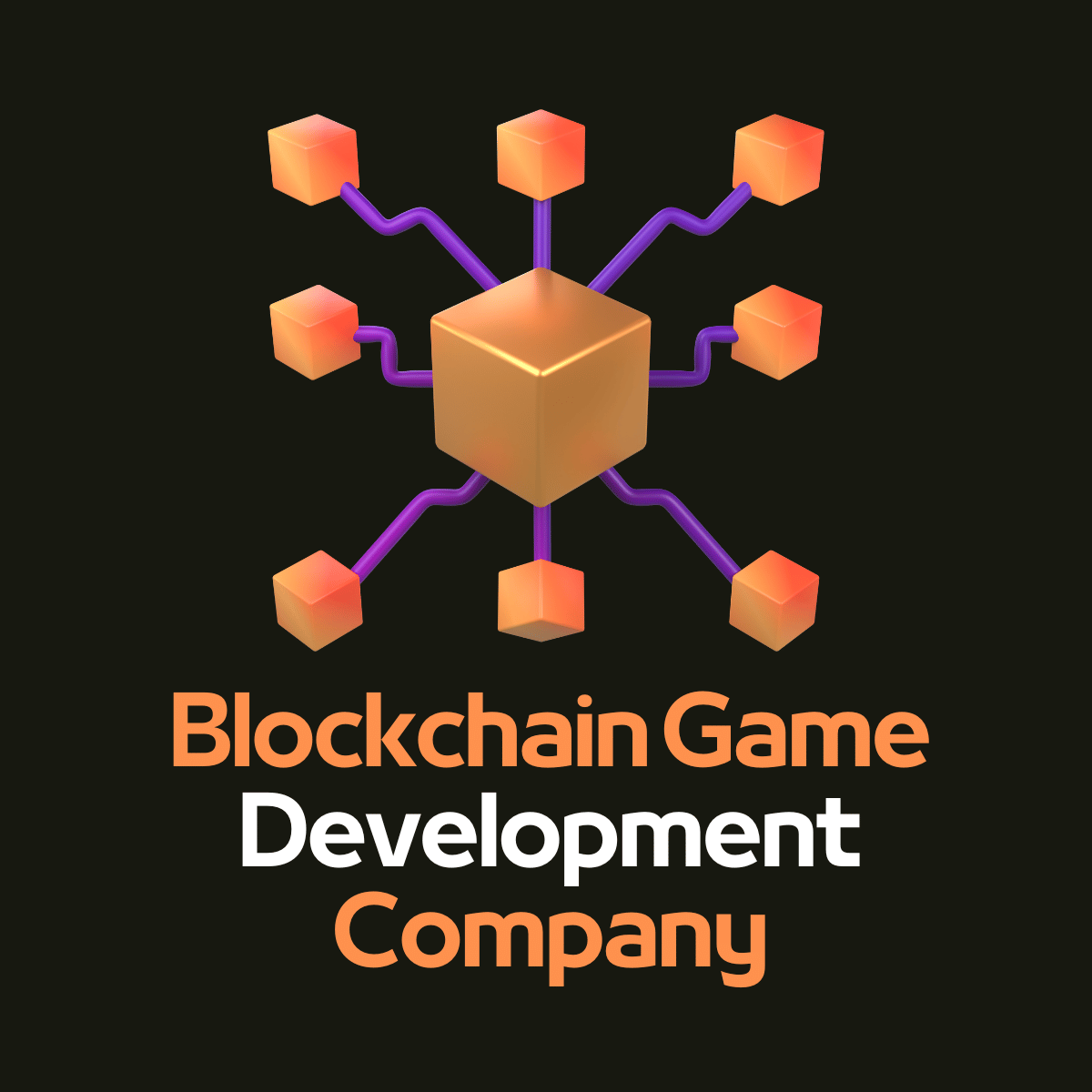
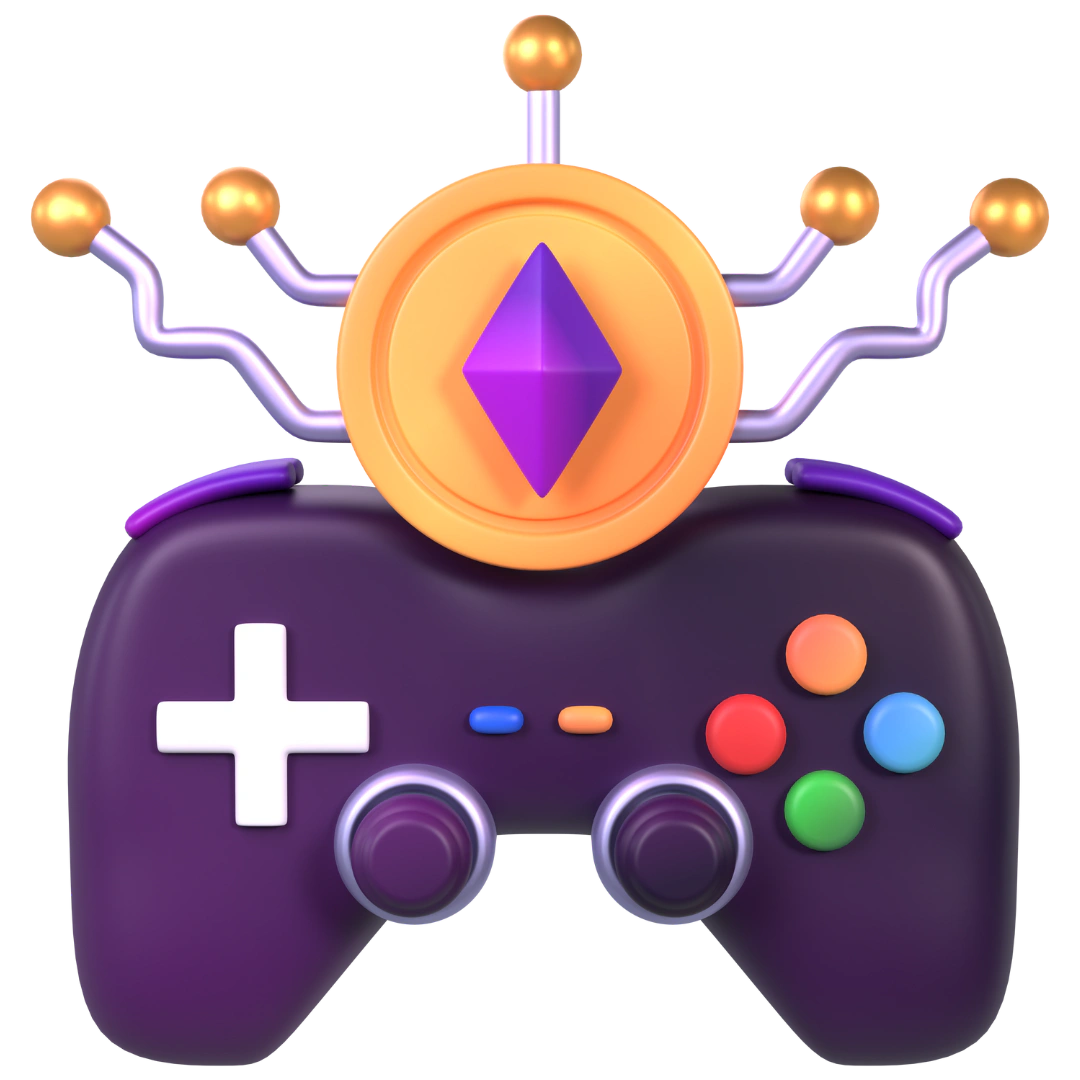
To learn more, consider reading other articles, blogs, and stories in this area.
